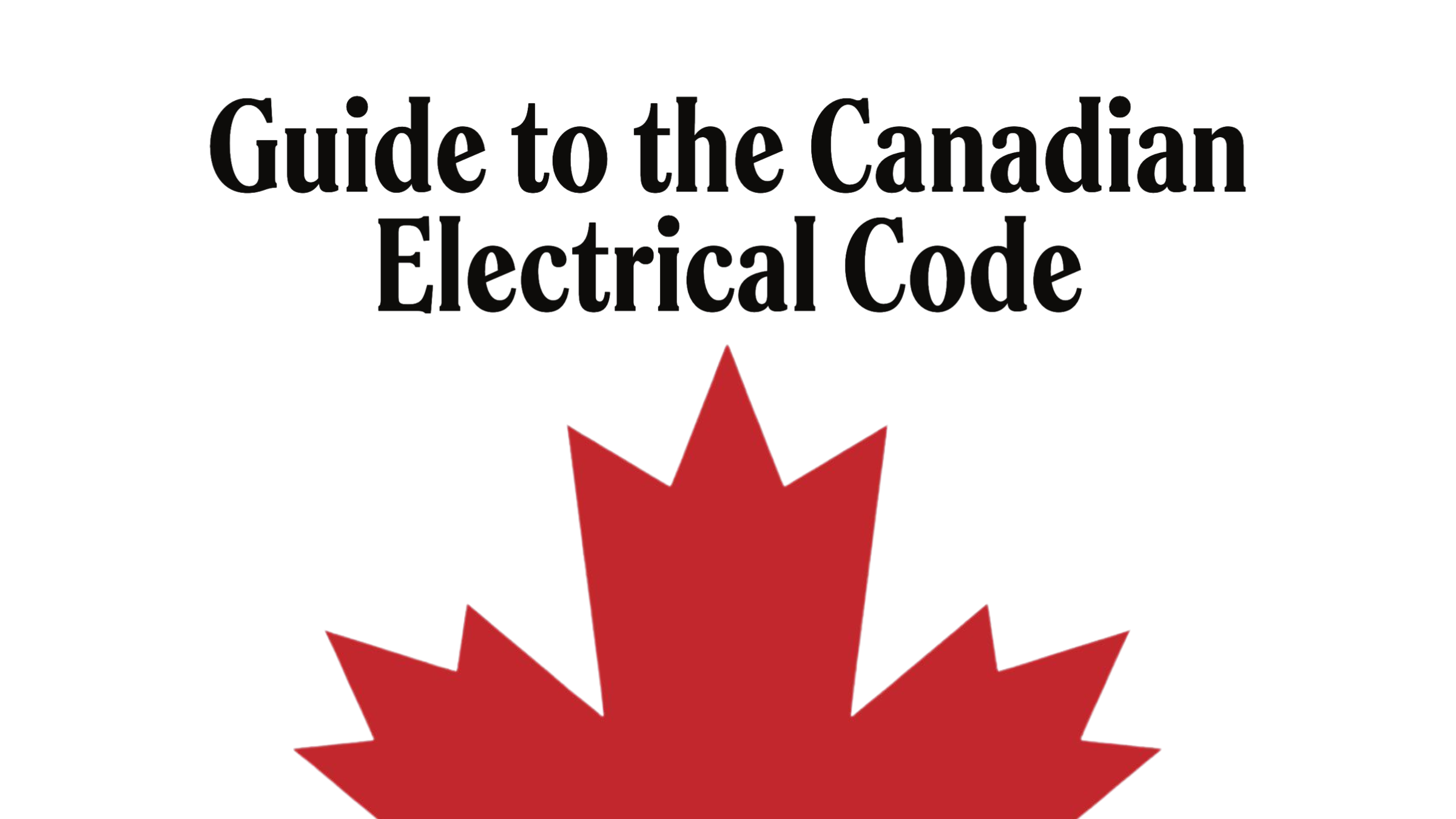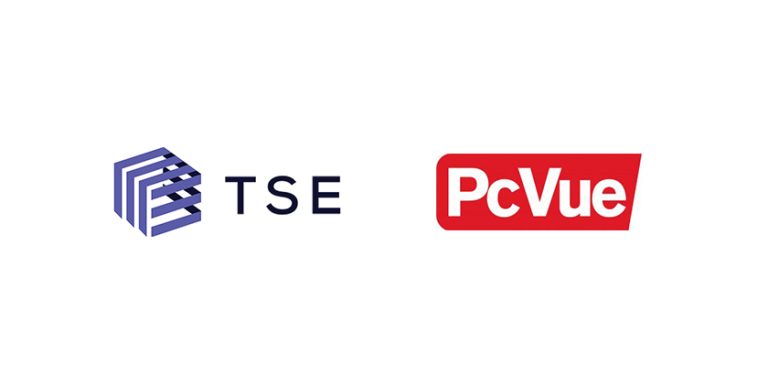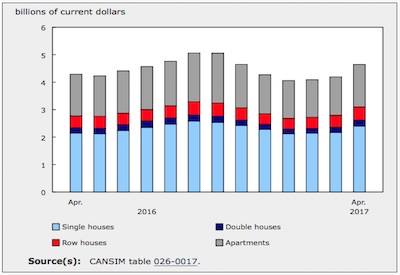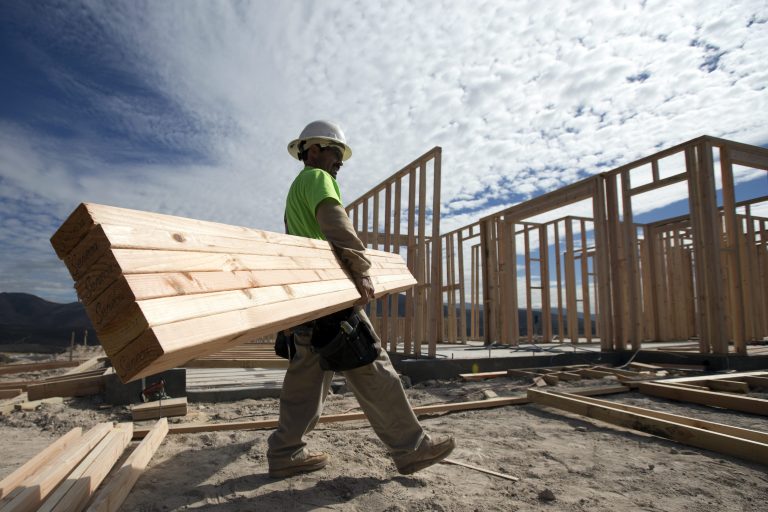Guide to the Canadian Electrical Code, Part 1, 25th Edition– A Road Map: Section 84

February 28, 2023
By William (Bill) Burr
[i] Source: CSA C22.1:21, Canadian Electrical Code, Part 1 – Safety Standard for Electrical Installations. © 2021 Canadian Standards Association. Please visit store.csagroup.org. With the permission of CSA Group, material is reproduced from CSA Group standard CSA C22.1:21, Canadian Electrical Code, Part 1 – Safety Standard for Electrical Installations. This material is not the complete and official position of CSA Group on the referenced subject, which is represented solely by the Standard in its entirety. While use of the material has been authorized, CSA Group is not responsible for the manner in which the data are presented, nor for any representations and interpretations. No further reproduction is permitted. For more information or to purchase standard(s) from CSA Group, please visit store.csagroup.org or call 1-800-463-6727.
Section 84 — Interconnection of Electric Power Production Sources
(Note that Section 82 has been deleted from the Code) (The 25th Edition of the CE-C, Part I, (C22.1-21) * is available from CSA Group. This discussion of Section 84 is based on this edition).
Rule 84-000 notes that this is a supplementary or amendatory section of the code and applies only to the installation of power production sources interconnected with a supply authority system. These power production sources normally consist of consumer-owned electrical power generation equipment such as generators, photovoltaic systems, fuel cells, and micro-turbines that supply power to a local load and optionally to the supply authority system; and provide requirements for the electrical installation of consumer-owned electric power generation equipment that may operate in parallel with the supply authority system. Appendix B and the CEC Handbook have additional information and descriptions of these installations.

Rule 84-002 states that arrangements for interconnection must be in accordance and compatible with the requirements of the supply authority. They must be no hazard to personnel or the public from a fault on either the supply authority system or the consumer-owned installation.
Rule 84-004 requires the provision of protection against backfeed into a supply authority system fault on all interconnected electric power sources. This type of electrical problem requires the supply authority system to be de-energized as soon as possible. The outputs of interconnected electric power production sources must provide protection against backfeed.
Rule 84-006 requires that electric power production sources be equipped with the means and equipment to establish and maintain a synchronous condition with the interconnected supply system and prevent any adverse effect. To ensure proper synchronization. Designers and installers need to pay attention to the phase relationship of the two sources if there is a voltage transformation between the two. The synchronization must be maintained once it is established with the use of voltage regulation.
Rule 84-008 requires that where there is a loss of voltage in one or more phases of the supply authority system, the interconnected electric power production source must be automatically disconnected and not be reconnected until the normal voltage of the supply authority system is restored. This is often referred to as anti-islanding protection. The supply authority may approve an alternate procedure where an inverter, designed to also serve as a disconnection device, that is suitable for interconnection with electric power production sources, may be used.
Rule 84-010 requires that where conductors and equipment are energized from both directions, overcurrent protection must be provided from each supply source.
Rule 84-012 requires that the rating of overcurrent protection for a transformer that is energized from both directions is determined under Section 26, by considering first one side of the transformer and then the other side, as the primary.
Rule 84-014 requires that each interconnected electric power production source installation must have additional devices as necessary for system stability and equipment protection. Other types of protection such as loss-of-excitation protection and over-excitation protection are also sometimes required to ensure system stability in the interest of public safety and equipment protection.
Rule 84-016 requires that ground fault protection per Rule 14-102 be provided.
Rule 84-018 requires that a consumer-owned power production system must monitor and automatically disconnect all phases from the interconnected system when there is a loss of power in any one phase.
Rule 84-020 requires that all ungrounded conductors of any electric power production source of an interconnected system, be provided with a disconnecting means that simultaneously disconnects all circuits supplied by the electric power production source equipment.
Rule 84-022 requires that all ungrounded conductors of any supply authority system electric power production source of an interconnected system, be provided with a disconnecting means that simultaneously disconnects all ungrounded conductors, avoiding imbalanced system voltages and false trips by protection devices and provides safety to personnel servicing the equipment. This gives the supply authority a single point of access to isolate one or more power production sources.
Rule 84-024 provides the general requirements for all disconnecting means used in an interconnected consumer-owned electric power production source installation so that personnel working on the electrical installation must be able to simultaneously disconnect all ungrounded conductors of the circuit, verify visually that the contact of the disconnecting means is open, and lock the disconnecting means in the open position. Additionally, the disconnecting means must:
- be capable of being energized from both sides.
- have contact operation verifiable by direct visible means if required by the supply authority (in accordance with Rule 84-002, to provide added assurance to supply authority workers that the circuit is open before work is initiated).
- conform to Sections 14, 28, and 36 if it includes an overcurrent device.
- be capable of being opened at rated load.
- be capable of being closed with safety to the operator with a fault on the system.
- disconnect all ungrounded conductors of the circuit simultaneously.
- bear a warning to the effect that inside parts can be energized when the disconnecting means is open.
- be readily accessible, and
- where a main fusible disconnecting means is used, an isolating switch must be provided to allow the fuses to be dead during handling.
Rule 84-026 requires that isolating means be provided to isolate equipment that is energized from both directions from all ungrounded conductors of each source of supply. Electrical equipment (e.g., transformers, distribution equipment, fusible switches, and circuit breakers) energized from both directions cannot be serviced safely if there is no isolating switch to isolate it from both sources. The disconnecting means often acts as an isolating switch.
Rule 84-028 specifies that the grounding means at the service entrance may serve as the grounding means for the electric power production source in accordance with Sections 10 and 36. For renewable energy consumer-owned systems, the Rules in Section 64 apply. In the case of a dc power source connected through a solid-state inverter, the inverter must not be grounded unless the inverter ac power is separated from the supply authority system by means of an isolating transformer.
Rule 84-030 requires that a warning notice and a single-line, permanent, legible diagram of the interconnected system be installed in a conspicuous place at the supply authority disconnecting means specified in Rule 84-022 and at the supply authority meter location.
In the next installment, we will be discussing Section 86 – Electrical Vehicle Charging Systems.
You can find the previous installment of Bill Burr’s Code series HERE.
Source: CSA C22.1:21, Canadian Electrical Code, Part 1 – Safety Standard for Electrical Installations. © 2021 Canadian Standards Association. Please visit store.csagroup.org. With the permission of CSA Group, material is reproduced from CSA Group standard CSA C22.1:21, Canadian Electrical Code, Part 1 – Safety Standard for Electrical Installations. This material is not the complete and official position of CSA Group on the referenced subject, which is represented solely by the Standard in its entirety. While use of the material has been authorized, CSA Group is not responsible for the manner in which the data are presented, nor for any representations and interpretations. No further reproduction is permitted. For more information or to purchase standard(s) from CSA Group, please visit store.csagroup.org or call 1-800-463-6727.
William (Bill) Burr is an associate member of the Canadian Electrical Code, Part 1, Technical Committee and formerly Chair of the Canadian Advisory Council on Electrical Safety (CACES), Chief Electrical and Elevator Inspector for the Province of BC & the Northwest Territories, Director of Electrical and Gas Standards Development and Director of Conformity Assessment at CSA Group. Bill can be reached at Burr and Associates Consulting billburr@gmail.com.















